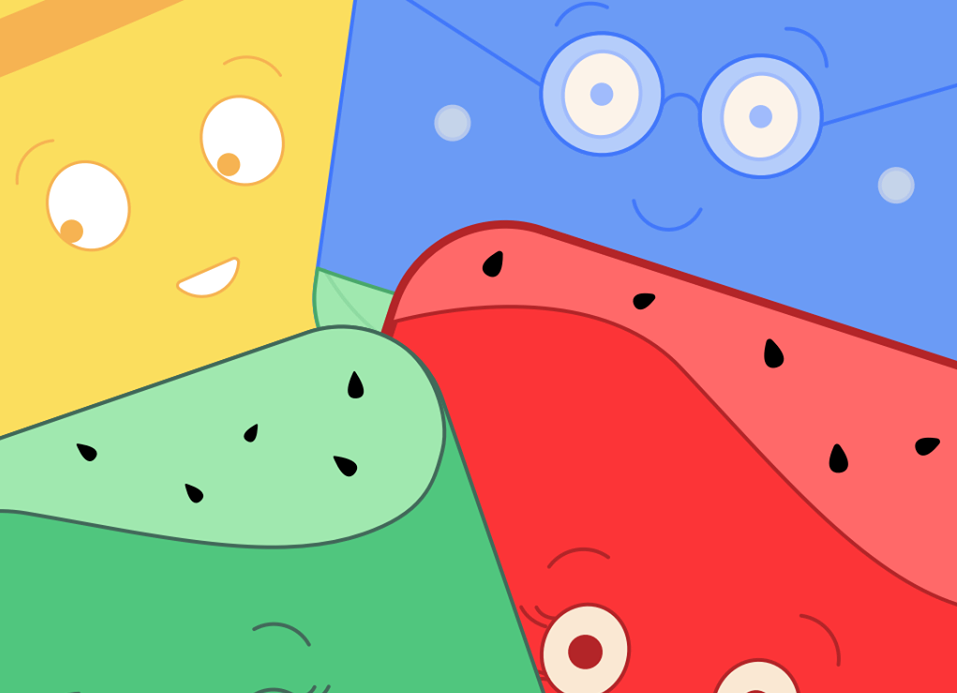Featured App Reviews
-

Elemelons
-

Privates!
Name: Privates!
By: RXN
Version: 1.2
Category: Apps, iPhone Apps
Date: 2016-04-18
Price: free
Our rating:





-

Did I See U - Free Dating App
Want a Review?
Have your App Reviewed by a Professional Writer
Android App Development – Using Android resources part 1: String Resources
Resources in Android are files stored under the res directory of your project. Resources can be physical files (Audio, video, images, text, etc…) or xml files that declare some values to use in your application. Why use Resources: The resources are bound to the application in a way that you can change them without needing […]
Android App Development- Controls Part Four: Spinner and GridView
In this tutorial we are going to cover a couple more Android selection controls: the Spinner and the GridView. The Spinner The Spinner control is similar to the ComboBox in C#. It displays a list to select from in a popup window so it may be a better choice over ListView if you have a […]
Android App Development – Controls Part Three: Android Selection Controls
Android offers selection Controls like List View. Check box. Radio Button. Spinner. GridView. List View: ListView represents a list of items that can be selected. It is similar to the ListBox in C#. <?xml version=”1.0″ encoding=”utf-8″?> <LinearLayout xmlns:android=”https://schemas.android.com/apk/res/android” android:orientation=”vertical” android:layout_width=”fill_parent” android:layout_height=”fill_parent” > <TextView android:layout_width=”fill_parent” android:layout_height=”wrap_content” android:id=”@+id/txt” /> <ListView android:layout_width=”wrap_content” android:layout_height=”wrap_content” android:id=”@+id/List” /> </LinearLayout> To populate the […]
Android App Development-Controls Part Two: Android Button Controls
In last week’s Android App Development tutorial I covered Android UI and Text Controls. This week I am going to cover Android Button Controls. Android offers three types of button controls: The Basic Button. Image Button. Toggle Button. The basic Button: The standard Android button is a subclass of the TextView class so it inherits […]
Android App Development-Controls Part One: Introduction to UI in Android and Text Controls
Layouts in Android are constructed from two objects: View and ViewGroup. The View class is the base class for many widgets sub classes such as TextView and Button classes. The ViewGroup is a view that conatains other views. The Viewgroup class is the base class for many layouts in Android. The UI Hierarchy is described in […]
iOS Advanced Programming: Understanding iOS 4 Multitasking
In the old days of iOS when you pressed the home button the application you where running in your iphone used to quit instantly. Today with iOS 4 you have a few more options. Multitasking is the most relevant feature included in iOS 4. If you build an application on Xcode against iOS 4 it […]
Android App Development – Layouts Part Three: Frame Layout and Scroll View
In part 3 of my tutorials on layouts for Android app development I am going to cover frame layout and scroll view. Frame Layout: Frame layout is used to display a single view at a time. The view can contain many widgets but only one will appear at a time. for example we have two […]
iOS Advanced Programming: Event Kit Framework
The Event Kit Framework is the way apple wants us to display or create a calendar entry. With this they are not trying to replace the calendar app, they are trying to give us a way to, for instance, create an appointment from our app and add it to the calendar app.
Android App Development – Layouts Part Two: Table and Absolute Layouts
Table Layout: Organizing widgets in a table is a famous approach in HTML design where you construct a table of a number of rows and cells and distribute the controls over the cells to achieve a consistent look for your UI. Android provides a similar technique. In android you define the number of rows by […]
iOS Advanced Programming: The Image picker
The image picker is a controller that allows you to select an image from a thumbnail list or take it with the camera and then grab that selection and do whatever you want with it.




